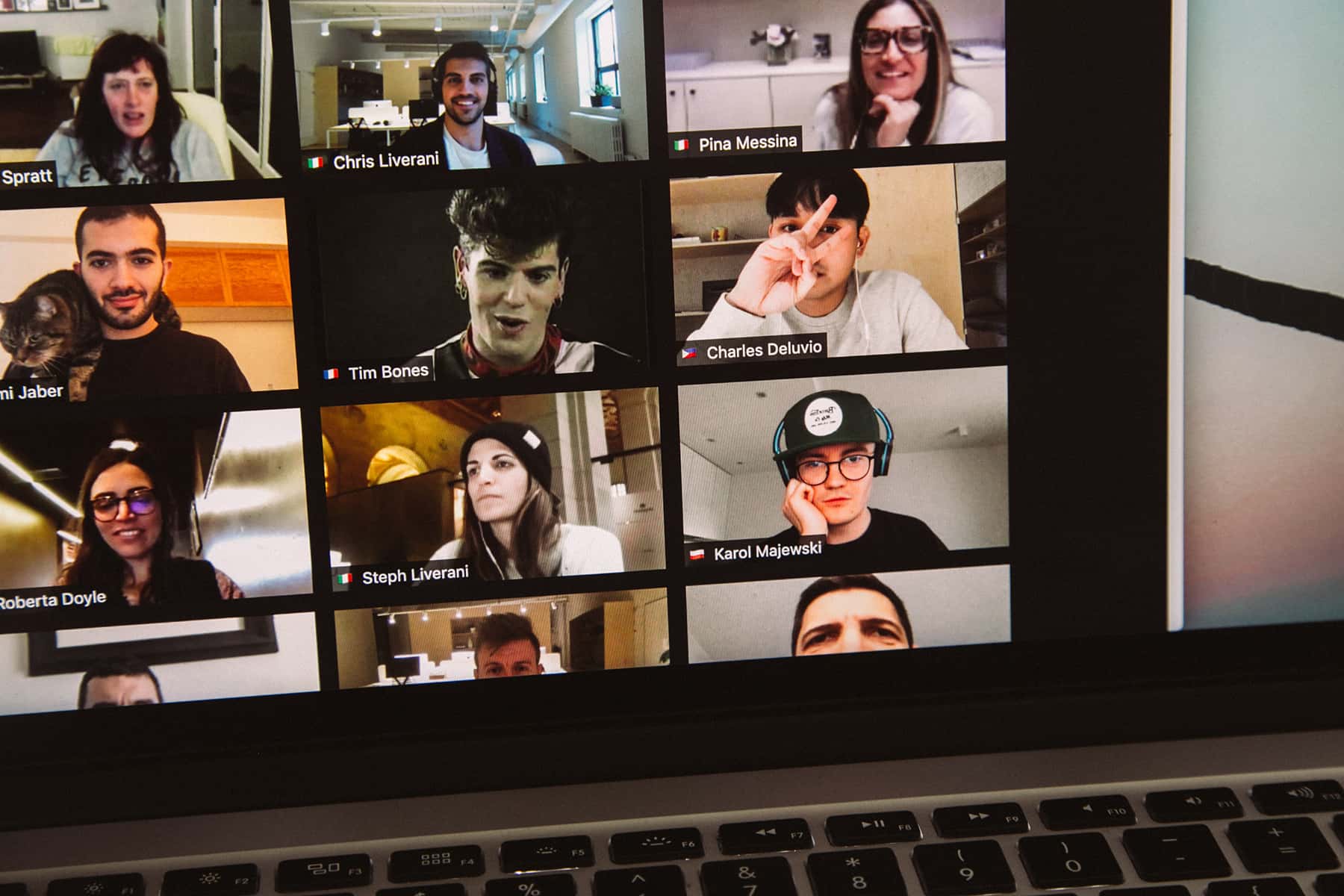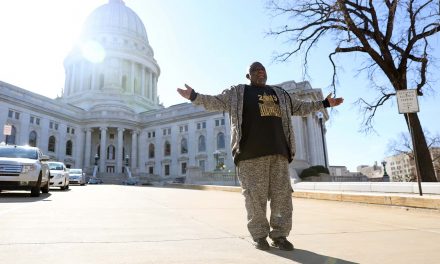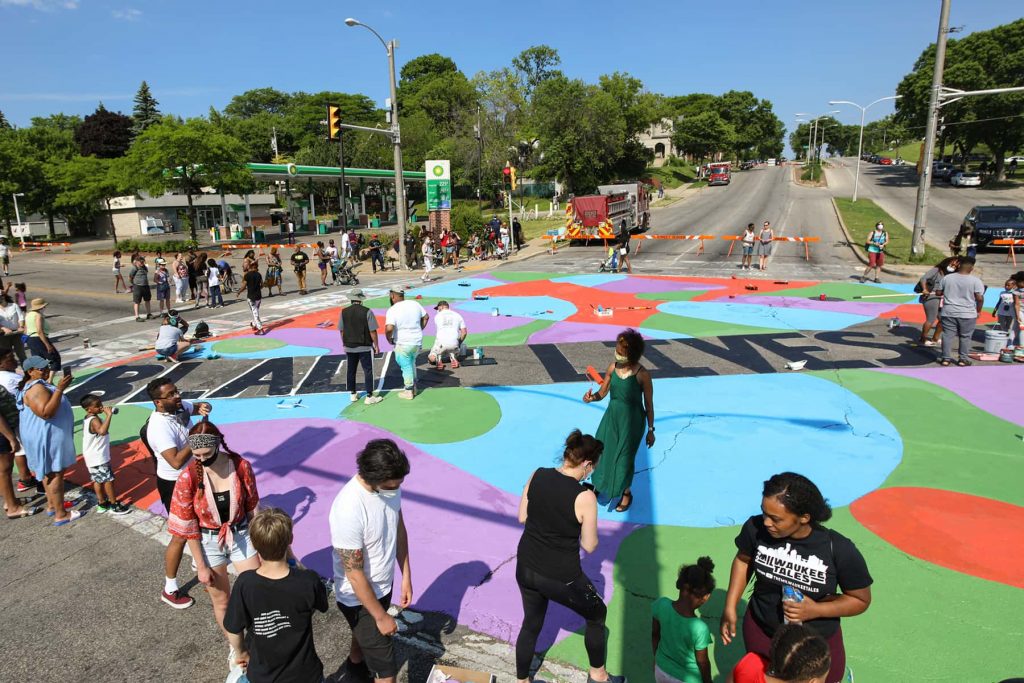
As the pandemic corralled the masses into video conferences throughout 2020, researchers noticed a phenomenon they dubbed “Zoom dysmorphia.” After months of remote meetings and social gatherings, and seeing their own faces on screen, more and more people became fixated on perceived physical flaws.
Shadi Kourosh, a Massachusetts dermatologist, coined the term after her clinic reopened for in-person appointments last summer, when she noticed a huge uptick in consultations for cosmetic procedures such as Botox, injectable fillers, laser resurfacing and chemical peels. She eventually co-authored a study on the trend, which was published last November.
“With all the other concerns we had at hand, it was surprising to me how anxious people were about their appearance,” Kourosh said.
Perhaps even more surprising: Kourosh said that now, with the return to in-person interaction, consultation requests for cosmetic procedures are not slowing down.
Jane, a 40-year-old mental health professional, never worried too much about how she looked. But when her job went fully virtual, she found herself dreading Microsoft Teams meetings. Her face looked rounder, her nose looked bigger, and her top lip looked thinner than she had ever noticed in the mirror.
“I’ve always thought I was attractive, and people would always compliment my looks in person,” she said. “But on video, nobody was saying how nice it was to see my pretty face.”
In a follow-up study published in the International Journal of Women’s Dermatology, Kourosh and her colleagues found that 71% of surveyed individuals were anxious about going back to in-person events, and three in 10 had plans to invest in their looks because of it. While these figures may not be solely attributable to Zoom, it’s clear that the age of video conferencing opened up a Pandora’s box of physical insecurity.
The ‘funhouse mirror’ effect
While psychological studies have long correlated time spent in front of the mirror with increased insecurity, Kourosh said looking at yourself on a screen is more like looking in a funhouse mirror than an actual one. Front-facing cameras combined with close proximity can distort people’s appearance, making eyes look smaller and noses seem bigger. Plus, people aren’t used to watching themselves looking at other people.
Right off the bat, Kourosh and others noticed an increase in specific concerns that might be attributable to tech-induced distortions. “People were preoccupied by the wrinkles around their eyes, and that may [have been] because they were watching themselves squint at the screen,” she said.
Doctors who perform cosmetic procedures are used to body dysmorphia exacerbated by retouched celebrity photos or, in recent years, social media filters. But most people are self-aware enough to know a Snapchat filter isn’t real life. Kourosh said Zoom dysmorphia is more insidious because people simply weren’t aware video calls could cause distortion. These types of insecurities also affect a much broader section of society – not everybody has a Snapchat account, but almost anybody who worked from home during the pandemic used video conferencing.
The impact can be profound, and lasting. Like Jane, Dimplez Ijeoma, a Los Angeles-based social strategist and marketing consultant in her 30s, didn’t spend too much time in front of the mirror pre-pandemic. But once she became forced to stare at herself in work-related Zoom meetings up to 40 hours a week, she started to worry about the texture of her skin.
Short of cosmetic procedures, she tried everything to improve her skin’s appearance – ring lights, Zoom filters, even a new skincare routine. Blurring her skin helped during the meetings, but she fixated on her appearance after the calls.
“When you look in a mirror after eight hours of a beauty filter on Zoom, it’s like, ‘Oh snap, I have pores,’” she said.
Some people didn’t have the option to change how they looked on screen. Becky Schwarz, a 27-year-old from Washington who works as an operations manager for a career consulting and personal branding firm, was diagnosed with lupus, an autoimmune disease, at the beginning of the pandemic.
The condition itself triggered significant hair loss, and Schwarz said her steroid medication caused her face to swell and appear rounder. All the while, her diagnosis induced depression that made it hard to shower and take care of herself.
“My appearance was taking greater and greater hits and the worse I got, the more I was staring at the video of myself on the screen,” Schwartz said.
To avoid being seen on camera, Schwarz started telling people her camera was broken or calling in from her phone. When she didn’t have a choice, she hung decor on the wall behind her to distract from her face and kept the room as dark as possible. She still opts out of virtual social gatherings more than she wants to. “Zoom has made me want to be invisible, but that is incredibly lonely,” Schwarz said. “I’m really not sure how to come out the other side of this.”
As she returns to in-person events, Schwarz said her social anxiety and body dysmorphia are at an all-time high: “I hate so much the idea of going out places and having people see more than I have learned to control.”
‘Zoom drove me to risk my life for the perfect body’
For some, video conferencing exacerbated existing body dysmorphia. Sam, a 28-year-old data analyst from Toronto, said he has experienced intrusive thoughts about his body since his mid-20s, when he started to fixate on perceived flaws about single facial features. “I began constantly stopping at mirrors or reflective surfaces to confirm whether the facial feature actually aligned with my mental image of it,” he said. On Microsoft Teams, he found himself “mirror checking” all day.
Tweaking his webcam angle to hide non-existent imperfections didn’t help, and Teams doesn’t allow users to hide self-view. Sam tried therapy for his body dysmorphia, but ultimately, he decided on a nose job. “I was pleased with the results for a few months but later, the dysmorphia re-emerged, and I found a new flaw in the same facial feature,” he said. “I’m now on the waitlist for a therapist with body dysmorphic disorder expertise.”
Distressed by the way he looked in Zoom meetings, Chad Teixeira, a 25-year-old entrepreneur from London, booked himself plastic surgery in Turkey on a whim in March. The 10-hour operation, which included liposuction and a tummy tuck, led to a near 90lb weight loss. But Teixeira also lost a dangerous amount of blood during the operation, and he’s had to have two blood transfusions since.
While Teixeira said he felt more confident in calls with colleagues and clients – and his mental health has improved due to his weight loss – he says he would do things differently if he had the chance. “I don’t think I would have done something so drastic on a whirlwind if I hadn’t been looking at myself all the time,” he says. “Zoom drove me to risk my life for the perfect body.”
Returning to in-person events feels like a breath of fresh air for Teixeira. But it has not tempered his desire for cosmetic tweaks. He has plans to pursue more liposuction and a “fake six-pack” next.
Jane, on the other hand, had mixed feelings. Her job will be online for the foreseeable future, and because she continues to feel less attractive on screen than in real life. She is considering a rhinoplasty to improve her confidence, but resolving her anxiety about her physical appearance sparks its own kind of insecurity.
“It feels juvenile as a 40-year-old woman to think about my looks like a teenager, because there are bigger problems in the world.”
Аshlеy Аbrаmsоn
Portions originally published on The Guardian as From a pandemic to plastic surgery: how Covid changed the way we see our faces
Help deliver the independent journalism that the world needs, make a contribution of support to The Guardian.















